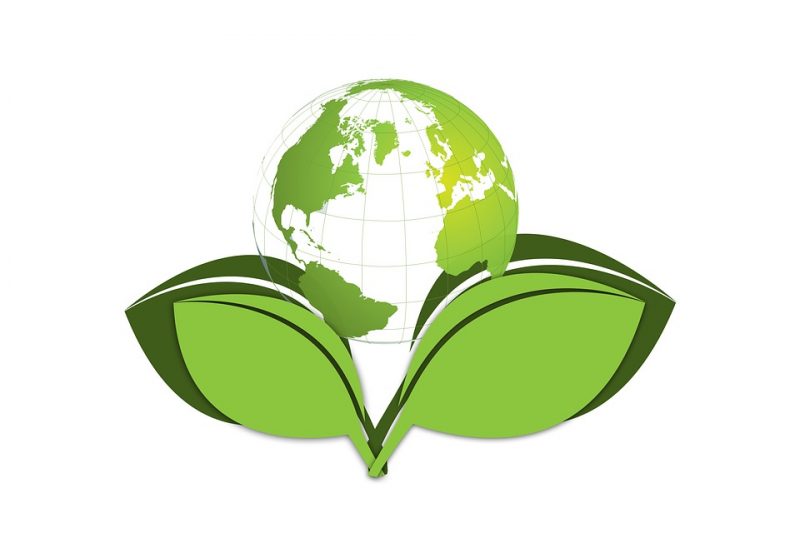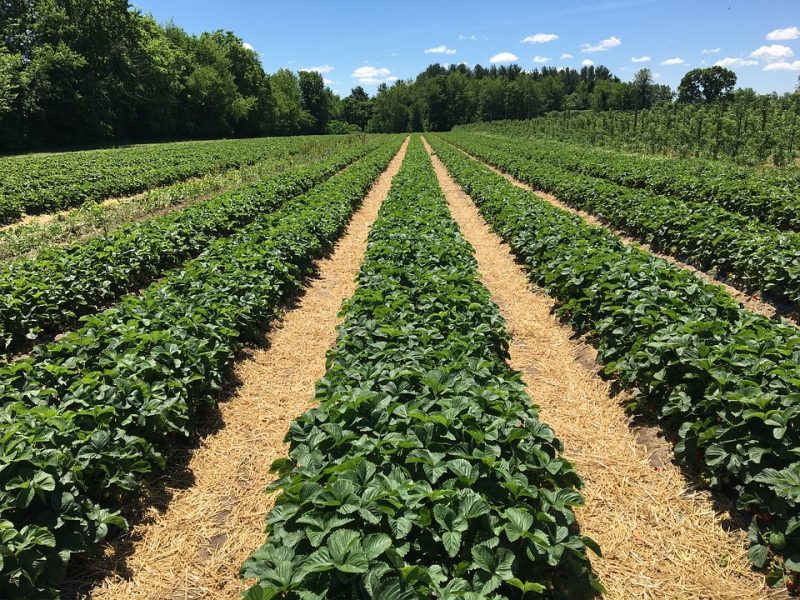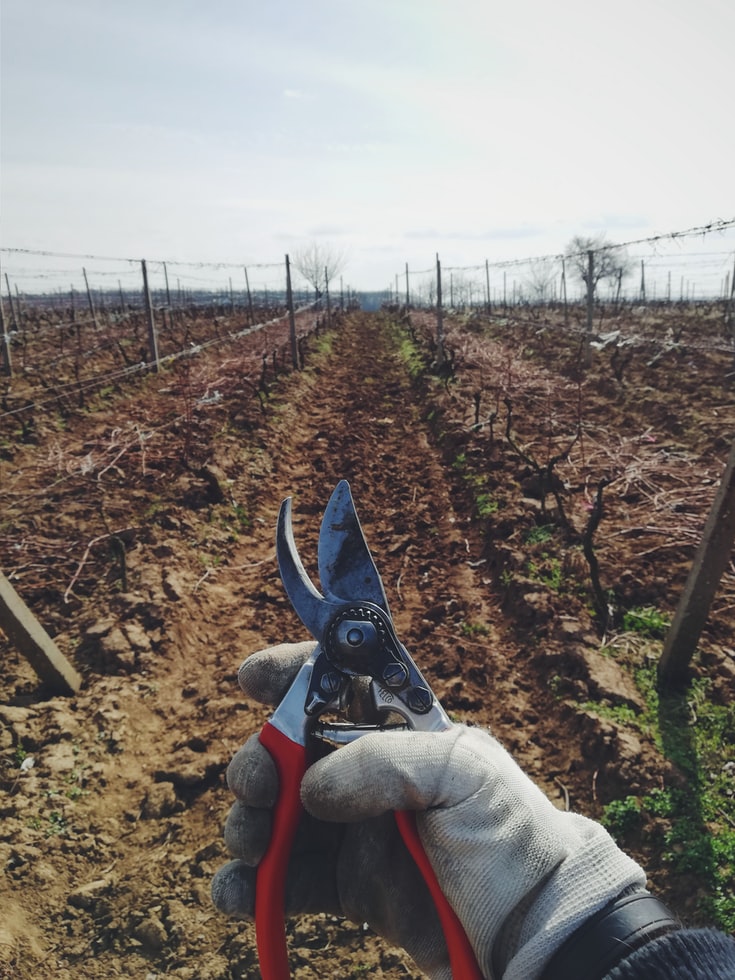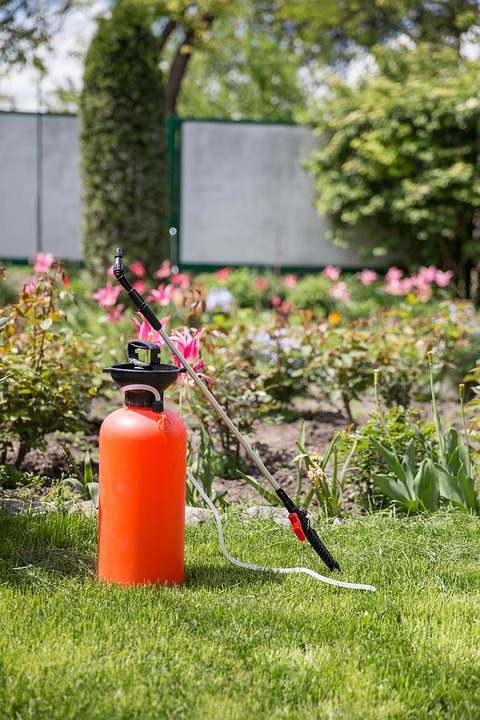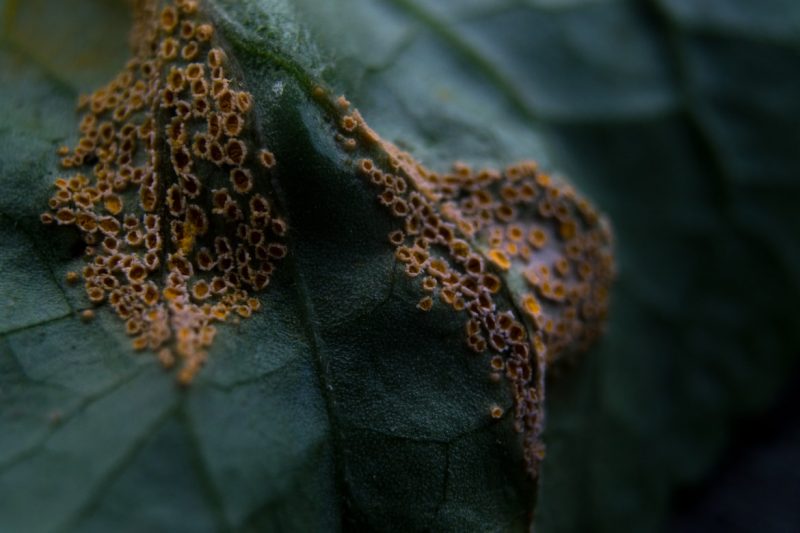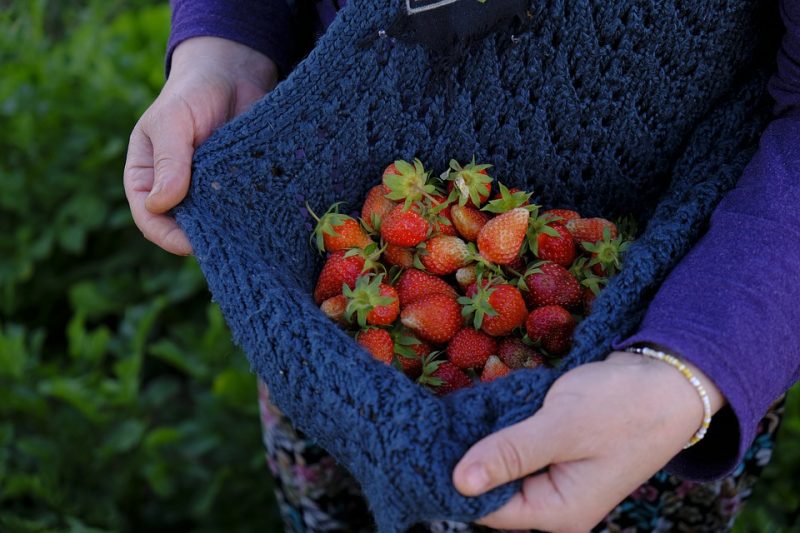Fruit-bearing shrubs – Organic Crops
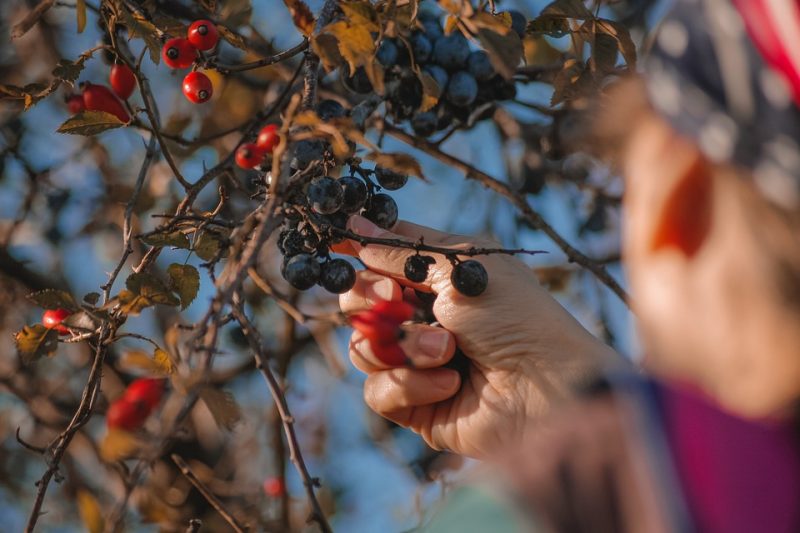
Fruit-bearing shrubs are often found in large areas, but also in gardens or small spaces. The species of fruit-bearing shrubs are appreciated for the fruits, but also because of the minimum care requirements.
EU regulations on organic farming require compliance with production rules that aim to protect the environment, maintain biodiversity, and support consumer health. In this regard, it prohibits genetically modified organisms and hormones and limits the use of pesticides and artificial fertilizers.
At the same time, organic farming brings into practice a series of measures designed to protect soil fertility and plant health. These include crop rotation, growing nitrogen-fixing species instead of applying mineral fertilizers with nitrogen, natural control of diseases, pests, and weeds, and boosting plants’ natural immunity.
Requirements for environmental factors
Most species of fruit shrubs are easy to grow, except for blueberries and strawberries, which have some specific requirements. Fruit shrubs grow in sunny areas, protected from cold, dry winds, and thrive best in well-drained, humus-rich soils. Irrigation is mandatory in areas where rainfall does not provide the required water. Drip irrigation can be used for most species.
Planting
Planting material shall be procured only from authorized nurseries or research stations. Container plants can be planted at any time of the year, provided the soil is not frozen or waterlogged. The cuttings must be planted during the dormant season, between November and March.
Maintenance works
Pruning work must be done annually for the plants to produce fruit. Fruit shrub species have different pruning requirements, depending on whether they are fruiting (on the previous or current year’s shoots). Pruning allows light and air into the middle of the bush to obtain a more abundant and better quality harvest while discouraging disease. As a universal rule, dead, diseased, and crossed branches should be pruned in winter and some of the aged stems, as well as those that are very close to the ground, should be removed each year.
The information presented above is general. For more detailed instructions (soil preparation, planting, irrigation, pruning), depending on the species of interest, it is recommended to check the articles on cultivation technology and care of each shrub.
Fertilization
Fertilization is necessary to reach the yield potential. For organic crops, it is necessary to use organic fertilizers. Solid fertilizers can be applied to the soil by incorporation or water-soluble fertilizers can be applied through the irrigation system. Foliar organic fertilizers should be applied depending on the plant’s needs and environmental conditions.
To help plants overcome periods of stress, you can use specific fertilizers. Soil activators or mycorrhizal/bacterial fertilizers can also be used to improve soil structure and root uptake.
Recommended products
-
You can find products on a different store
Change Store -
You can find products on a different store
Change Store -
You can find products on a different store
Change Store -
You can find products on a different store
Change Store -
You can find products on a different store
Change Store -
You can find products on a different store
Change Store -
You can find products on a different store
Change Store -
You can find products on a different store
Change Store -
You can find products on a different store
Change Store -
You can find products on a different store
Change Store -
You can find products on a different store
Change Store -
You can find products on a different store
Change Store -
You can find products on a different store
Change Store -
You can find products on a different store
Change Store -
You can find products on a different store
Change Store -
You can find products on a different store
Change Store -
You can find products on a different store
Change Store -
You can find products on a different store
Change Store -
You can find products on a different store
Change Store -
You can find products on a different store
Change Store -
You can find products on a different store
Change Store -
You can find products on a different store
Change Store -
You can find products on a different store
Change Store -
You can find products on a different store
Change Store
Weed control
Ecological weed control consists of applying mechanical measures, rather than chemical ones. Thus, since the establishment of the crop, it is recommended to work the land superficially and use mulch made of sawdust or agro textile, applied between the rows. In the absence of mulch, the land should be tilled periodically or weed-killing burners should be used.
Recommended products
-
You can find products on a different store
Change Store -
You can find products on a different store
Change Store -
You can find products on a different store
Change Store -
You can find products on a different store
Change Store -
You can find products on a different store
Change Store -
You can find products on a different store
Change Store -
You can find products on a different store
Change Store -
You can find products on a different store
Change Store -
You can find products on a different store
Change Store -
You can find products on a different store
Change Store -
You can find products on a different store
Change Store -
You can find products on a different store
Change Store -
You can find products on a different store
Change Store -
You can find products on a different store
Change Store -
You can find products on a different store
Change Store -
You can find products on a different store
Change Store -
You can find products on a different store
Change Store -
You can find products on a different store
Change Store -
You can find products on a different store
Change Store -
You can find products on a different store
Change Store -
You can find products on a different store
Change Store -
You can find products on a different store
Change Store -
You can find products on a different store
Change Store -
You can find products on a different store
Change Store
Controlling diseases and pests
Achieving high yields is directly influenced by crop health. For organic crops, in particular, it is important to detect diseases and pests early, apply treatments at crucial phenophases, and follow preventive phytosanitary measures.
Thus, starting from the dormant period, it is recommended to collect and burn/compost the remaining plant debris on the ground in autumn.
Also, this period is optimal for applying copper-based fungicides and horticultural oil treatments ( choose certified organic products).
Two treatments can be carried out:
- in autumn, after leaf fall, apply the cupric solution, and after 7-10 days, the horticultural oil solution.
- in spring, until entering the vegetative growth period, carry out the same treatment as in the autumn.
During the growing season, carry out preventive treatments periodically or at the first signs of disease or pests. You can use fungicides and insecticides certified for organic farming.
Recommended products
-
You can find products on a different store
Change Store -
You can find products on a different store
Change Store -
You can find products on a different store
Change Store -
You can find products on a different store
Change Store -
You can find products on a different store
Change Store -
You can find products on a different store
Change Store -
You can find products on a different store
Change Store -
You can find products on a different store
Change Store -
You can find products on a different store
Change Store -
You can find products on a different store
Change Store -
You can find products on a different store
Change Store -
You can find products on a different store
Change Store -
You can find products on a different store
Change Store -
You can find products on a different store
Change Store -
You can find products on a different store
Change Store -
You can find products on a different store
Change Store -
You can find products on a different store
Change Store -
You can find products on a different store
Change Store -
You can find products on a different store
Change Store -
You can find products on a different store
Change Store -
You can find products on a different store
Change Store -
You can find products on a different store
Change Store -
You can find products on a different store
Change Store -
You can find products on a different store
Change Store
Recommended products
-
You can find products on a different store
Change Store -
You can find products on a different store
Change Store -
You can find products on a different store
Change Store -
You can find products on a different store
Change Store -
You can find products on a different store
Change Store -
You can find products on a different store
Change Store -
You can find products on a different store
Change Store -
You can find products on a different store
Change Store -
You can find products on a different store
Change Store -
You can find products on a different store
Change Store -
You can find products on a different store
Change Store -
You can find products on a different store
Change Store -
You can find products on a different store
Change Store -
You can find products on a different store
Change Store -
You can find products on a different store
Change Store -
You can find products on a different store
Change Store -
You can find products on a different store
Change Store -
You can find products on a different store
Change Store -
You can find products on a different store
Change Store -
You can find products on a different store
Change Store -
You can find products on a different store
Change Store -
You can find products on a different store
Change Store -
You can find products on a different store
Change Store -
You can find products on a different store
Change Store
For early detection of pest attacks and to keep them under control, you can use traps at the beginning of the growing season.
Recommended products
-
You can find products on a different store
Change Store -
You can find products on a different store
Change Store -
You can find products on a different store
Change Store -
You can find products on a different store
Change Store -
You can find products on a different store
Change Store -
You can find products on a different store
Change Store -
You can find products on a different store
Change Store -
You can find products on a different store
Change Store -
You can find products on a different store
Change Store -
You can find products on a different store
Change Store -
You can find products on a different store
Change Store -
You can find products on a different store
Change Store -
You can find products on a different store
Change Store -
You can find products on a different store
Change Store -
You can find products on a different store
Change Store -
You can find products on a different store
Change Store -
You can find products on a different store
Change Store -
You can find products on a different store
Change Store -
You can find products on a different store
Change Store -
You can find products on a different store
Change Store -
You can find products on a different store
Change Store -
You can find products on a different store
Change Store -
You can find products on a different store
Change Store -
You can find products on a different store
Change Store
Harvesting
Depending on the species and variety, the fruit will be harvested gradually (in several stages) or entirely, before or when fully ripe. Use tools or techniques recommended according to the species, avoiding as far as possible damaging the plants. The fruit should be transported and stored under optimum conditions to avoid damage.














































































































































































































































































































































































































































